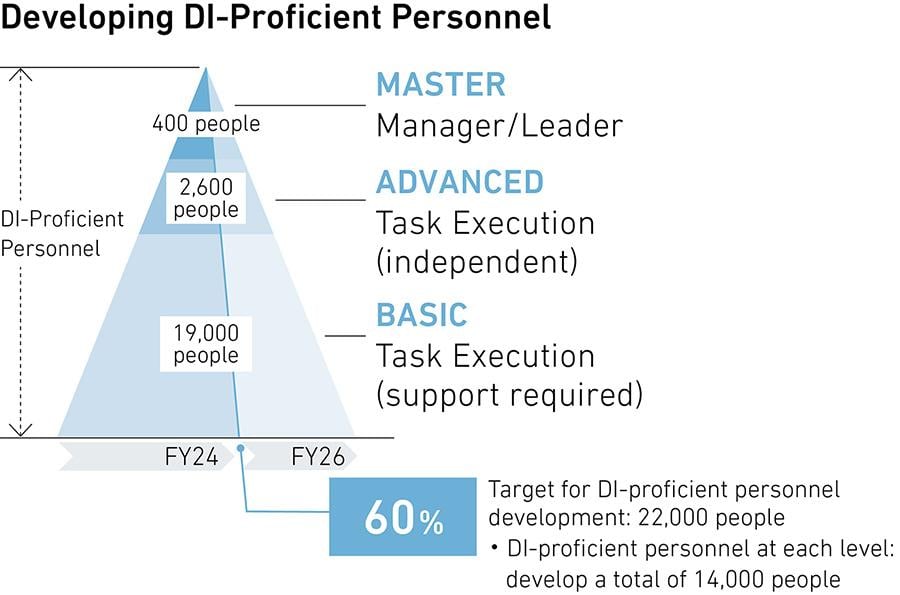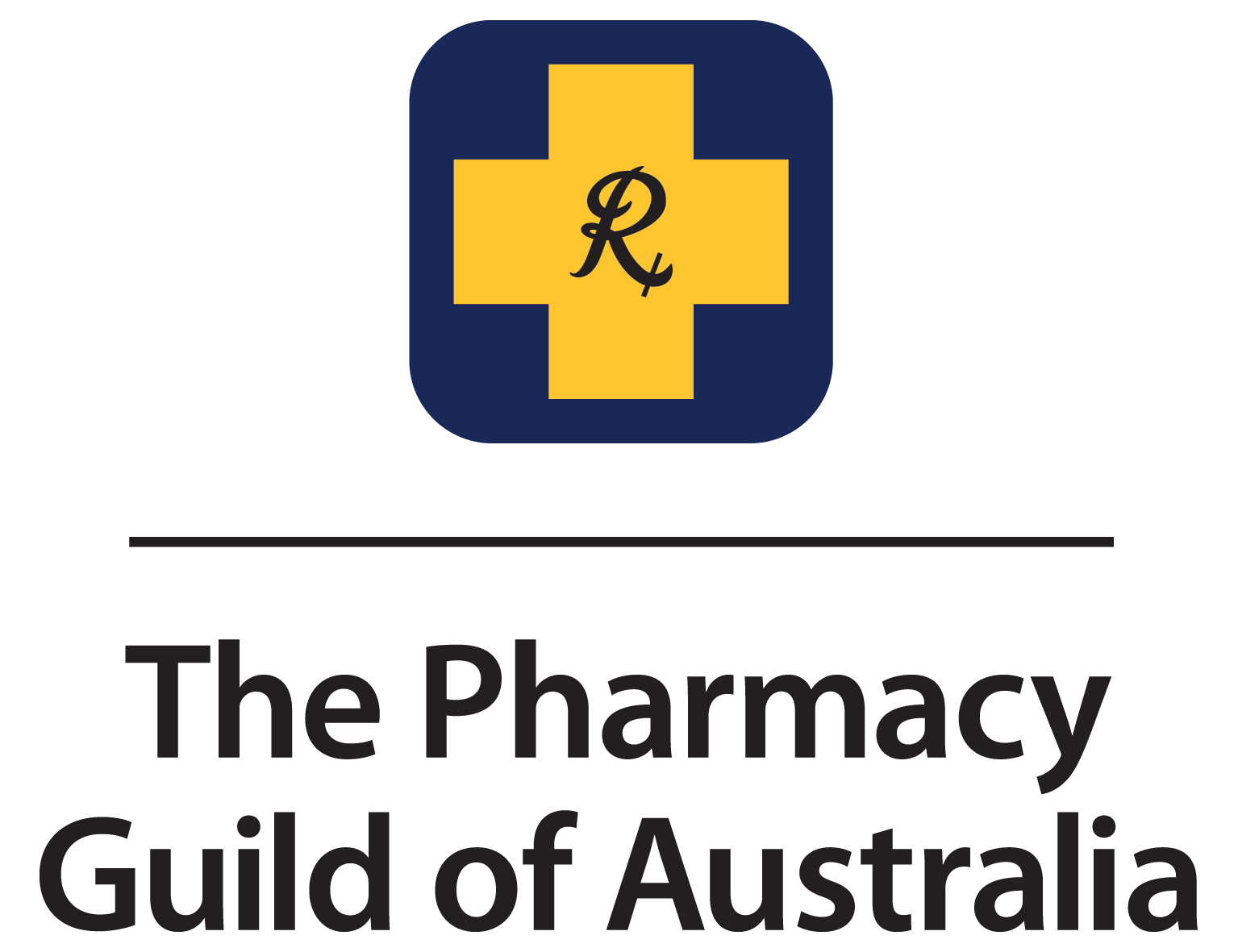Blog
-

Shumate’s Career-High Highlights Dominating Win over Indiana State
CHEROKEE, N.C. – Senior guard Emma Shumate’s career-high 22 point performance led the No. 24 Spartan women’s basketball team to a 115-66 win over Indiana State in the opening game of the Cherokee Invitational at Harrah’s Cherokee Resort on… -

Busting Prostate Cancer Myths: Facts Malaysian Men Should Know For Early Detection, Better Outcomes
KUALA LUMPUR, Dec 22 — Prostate cancer remains one of the most misunderstood cancers among Malaysian men, despite being the third most common cancer affecting men in the country.
According to the…
Continue Reading
-

MHI Group to Accelerate Development of Digital Talent– Achieving Value Creation and High Profitability Through AI and Digital Utilization —
Tokyo, December 22, 2025 – Mitsubishi Heavy Industries (MHI) Group has set the corporate strategy of Innovative Total Optimization (ITO), which consists of two pillars: “Group-wide optimization” and “scope expansion,” aimed at achieving a “virtuous cycle of high profitability and growth investments.” (Note1) To realize this, MHI Group is accelerating the development of digital innovation (DI) talent to drive its digital transformation (DX).
From DI Talent Development to Result Creation Cycle
DI development program for all employees
MHI Group comprises approximately 300 companies in Japan and overseas, encompassing a wide range of businesses from design, manufacturing, and construction, to sales, after-sales service, and general services. For such diverse businesses to grow sustainably, it is essential for MHI to strengthen its competitiveness by utilizing AI and other digital technologies.Accordingly, MHI Group is implementing a systematic program for DI talent development encompassing all employees at group companies in Japan and overseas, from general employees to senior executives. Furthermore, MHI is actively promoting open innovation by collaborating with external partners and startups to incorporate the world’s leading-edge technologies and expertise. These initiatives will facilitate the formation of a global talent network and contribute to the development of highly skilled personnel.

Tiered certification system to visualize growth
To put this into practice, MHI has established the DI talent Certification System. Based on the Digital Skill Standards established by Japan’s Ministry of Economy, Trade and Industry (METI), MHI regularly updates the corporate group’s own human resource model to keep pace with the rapid advancements in digital technology and ensure that it always reflects the latest requirements.There are three levels of certification: Basic, Advanced, and Master. The levels reflect a comprehensive evaluation of each employee’s record of training programs completed, status of qualifications, and project experience. In particular, the Master certification is awarded only after a rigorous review by evaluators established by the Digital Innovation Headquarters.(Note2)
Communities that accelerate transformation
To accelerate DX promotion, MHI has developed communities where employees share knowledge on AI and digital utilization. Specifically, the “Global IT Conference” promotes the use of AI and digital technologies in cooperation with overseas sites; the “AI Salon” holds monthly lectures by experts on AI utilization; and an idea contest gathers innovative business improvement ideas and implements outstanding proposals. As a result, AI and digital utilization are penetrating throughout the company, generating improvement ideas from all business locations.Putting ideas into practice
Through these community activities, initiatives where employees independently identify issues and shape solutions using digital technologies are expanding. Employees take the lead and work in collaboration with digital specialist organizations to implement an integrated process from problem identification to use case creation, system implementation, and effectiveness verification. Through practice, employees refine their skills and mindset, producing tangible results such as improved operational efficiency and the creation of new business models.MHI Group is accelerating digital talent development for all employees and building a virtuous cycle of DX promotion and value creation through the certification system, education, communities, and practice. Looking ahead, the company aims for the developed DI talent to become the core of DX promotion across the group, driving new value creation and business transformation.
- 1 Based on MHI Group’s corporate mission of “Combine cutting-edge technology with many years of expertise to provide solutions to the evolving challenges facing the world while enriching people’s lives.”
- 2 MHI Group established the Digital Innovation Headquarters to further accelerate digital innovation to create and provide new value through “smart connections” among its product groups and digital technologies. For more information, see the following press release.
https://www.mhi.com/news/22062001.html
Related Information
Continue Reading
-

Building Mars colonies with ice: How scientists plan to make it possible |
Ice might appear as a weird construction material, but still, ice on Mars can be the base for human civilisations in the future. Scientists are convinced that frozen water could be the means of survival and the source of prosperity of people on…
Continue Reading
-

Joint initiative safeguards pharmacies following ADHD medicine price change
Under the agreed rebate arrangements, pharmacies can claim reimbursement for eligible Vyvanse® stock held prior to the price change, with claims processed through their preferred CSO-accredited wholesaler.
The approach will ensure continuity of patient care while recognising the vital role wholesalers play in Australia’s medicines supply chain.
Pharmacies are advised to contact their preferred wholesaler by 31 December 2025 to confirm stock on hand as of 30 November 2025 for rebate eligibility.
The Guild’s Health Economics and Policy Committee Chair, Anthony Tassone said the outcome reflected constructive engagement focused on fairness and sustainability.
“The Guild appreciates Takeda’s willingness to work with us and acknowledge the real-world impact PBS price reductions can have on pharmacies, particularly when stock is held in good faith to support patients during ongoing ADHD medicine shortages,” Mr Tassone said.
Takeda General Manager for Australia and New Zealand, Dave Peace, reaffirmed the company’s commitment to supporting community pharmacy.
“Takeda values the critical role community pharmacists play in patient care. We recognise concerns raised following the 1 December list price change for Vyvanse® (lisdexamfetamine dimesilate) and are committed to ensuring pharmacies are not out of pocket,” Mr Peace said.
Tassone continued, “We’ve seen great support from Takeda in addressing this issue for community pharmacies across the country and we welcome continued collaboration with manufacturers and wholesalers to support patient access and pharmacy sustainability – this agreement sets a new standard going forward.
“This situation was avoidable. We need better notice periods and better supply chain impact assessments for future PBS pricing changes and policy decisions – and we will continue to advocate for them.”
Continue Reading
-

Java News Roundup: GlassFish, TornadoVM, Spring Shell, WildFly, Hibernate, Kotlin
This week’s Java roundup for December 15th, 2025, features news highlighting: the fifteenth milestone release of GlassFish 8.0; the first release candidate of Spring Shell 4.0; point releases of TornadoVM, Hibernate Reactive, Hibernate…
Continue Reading
-

Engineering Microbes for Sustainable Microplastic Breakdown
In recent years, the insidious threat of microplastics has garnered heightened attention within the scientific community and among environmental activists. These tiny fragments, measuring less than 5mm, infiltrate ecosystems, oceans, and even…
Continue Reading
-

Denver Gymnastics Holds Successful Crimson & Gold Intrasquad
DENVER – The University of Denver gymnastics team took another step in its preseason preparation…
Continue Reading
-

No. 3 Cyclones Split at Collegiate Wrestling Duals
NASHVILLE – No. 3 Iowa State closed the fall semester with a split Sunday at the Collegiate Wrestling Duals, falling to No. 2 Ohio State, 21-13, before topping No. 20 Lehigh, 26-11.
Iowa State is now 3-1 on the season while Ohio State improved…
Continue Reading
